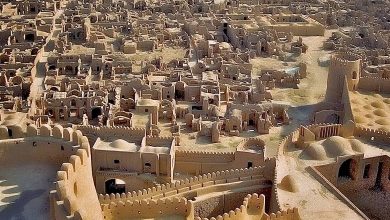5 interesting facts about the most famous tourist attractions places

We seem to know all there is to know about famous tourist attractions since they are well-known worldwide. Did you know, for example, that the Egyptian pyramids were initially white before being covered with limestone on the outside? Most people think that things have always been this way.
There are many such little-known facts, and we’ll cover a few of them today to help you brag about your knowledge while you’re traveling abroad.
1. The Eiffel Tower was only meant to last 20 years
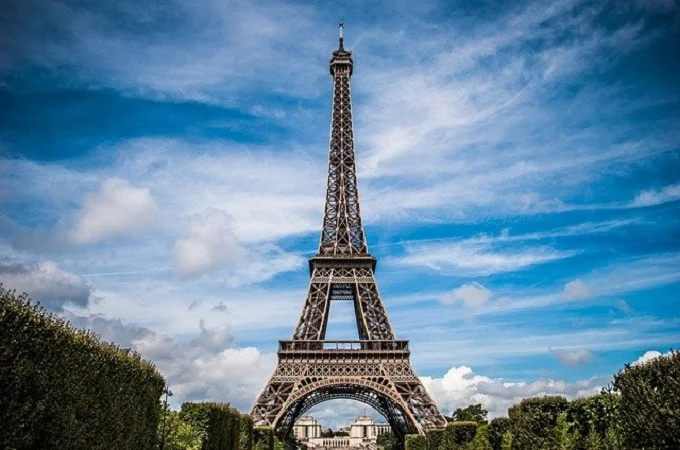
The Eiffel Tower in Paris was opened to the public on March 31, 1889, although it was shuttered for many months after that. Gustave Eiffel only got permission to construct the tower after paying 80% of the expenditures and signing an agreement with the French capital’s authorities that it would be destroyed for scrap in 20 years.
To extend the tower’s life, Eiffel experimented with many methods before settling on the most effective: transforming a spectacular monument into a massive wireless telegraph. To accomplish this, one antenna was placed at the top of the Eiffel Tower, followed by numerous more. To get the latest stories, install our app here
Later, the military became interested in such a strong transmitter, and they reached an arrangement with Eiffel. As a result, the first underground military radiotelegraph station was erected in 1909, and the Eiffel Tower’s function was extended for another 70 years in 1910. As a result, the Eiffel Tower is now a tourist attraction and one of Paris’s most well-known famous attractions, and a communication device with over a hundred antennas.
2. Stonehenge was a privately owned monument

King Henry VIII of England purchased Amesbury Abbey and the surrounding lands, including those where Stonehenge is located, in the 16th century. After then, the site changed hands multiple times, and an airstrip was built near the monument during World War I.
To get the latest stories, install our app here
In 1915, to cover Britain’s war costs, Stonehenge was put up for auction under the name Lot 15. In addition to Stonehenge, there were approximately 12 hectares of land. The buyer was Cecil Chubb, who bought the site for £6,600, which is more than $1 million today.
According to one story, he purchased Stonehenge as a present for his wife, who was less than thrilled with the gift since she had sent her husband for curtains and he came with an ancient monument. However, he most likely did this to ensure that the monument was owned by a local citizen.
Cecil Chubb gave Stonehenge to the state in 1918 on the condition that local inhabitants would not have to pay to view the monument, and that other visitors would not have to pay more than a shilling. The Prime Minister of the United Kingdom dedicated Cecil Chubb to the nobility in recognition of his charitable donation, and he was given the honorary prefix “sir” to his name.
3. During World War II, the Leaning Tower of Pisa may have been razed due to its location for bombing
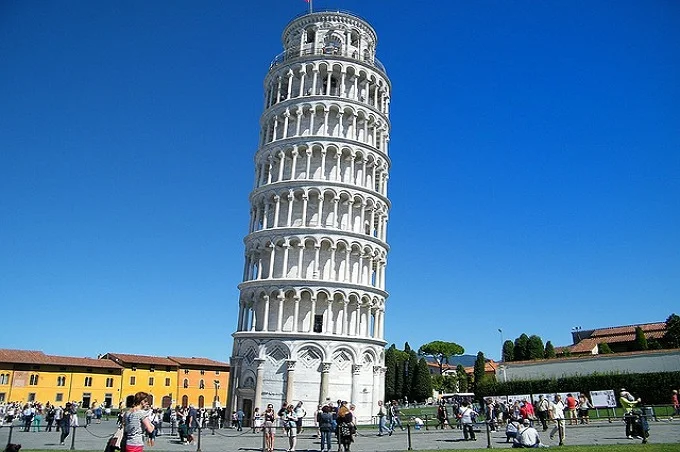
As the Allies advanced through Italy toward the conclusion of WWII, American soldiers were confronted with a problem: artillery shelling near the city of Pisa. Because the landscape was flat and the Nazis did not have a great altitude advantage for such precise fire, they were caught off guard.
The US leadership assumed that the artillery firing targets were chosen from the highest point on the ground, the 56.7-meter-high Leaning Tower of Pisa. An infantry soldier and a radio operator were sent with instructions to search the building for Germans to verify this notion. If this were true, the US forces’ leadership would bomb the structure to deny the enemy the upper hand. To get the latest stories, install our app here
However, when the infantry soldier arrived at the monument, he was so taken aback by its beauty that he did not dare to open fire on the position, even after seeing the Nazis within. When he returned to his post, he reported on the building’s importance, and the generals determined that destroying such a structure would be impracticable.
4. The Colosseum was equipped with about 20 elevators
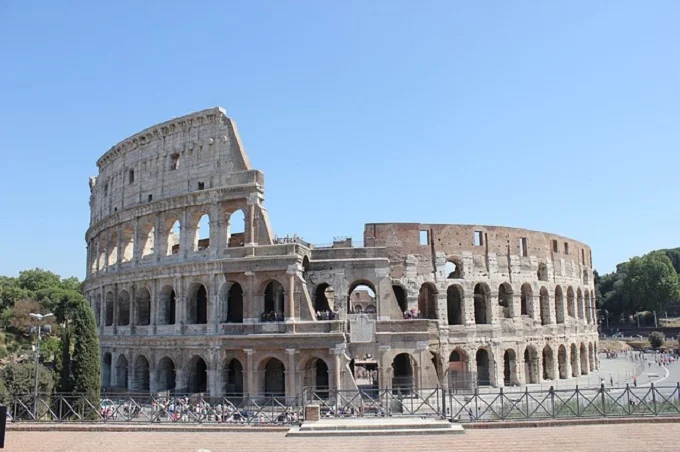
In 1996, archaeologist Heinz-Jürgen Beste of the German Archaeological Institute and other German and Italian experts found holes, grooves, and grooves in the Colosseum’s walls. He and his colleagues deduced that this building featured a system of elevators and hatches meant to transport dangerous creatures from underneath to the main arena by connecting the dots.
It was later discovered that the Colosseum had between 24 and 28 elevators, each capable of lifting up to 350 kg of weight. That is, if all of the elevators are used at the same time, you will be able to bring 50 lions to the surface. It’s thought that there was a signaling system in place that enabled employees in the basement rooms to know when and how many elevators containing animals to send to the surface.
5. Behind the head of Abraham Lincoln on Mount Rushmore was supposed to be a room for storing the most valuable documents in the United States
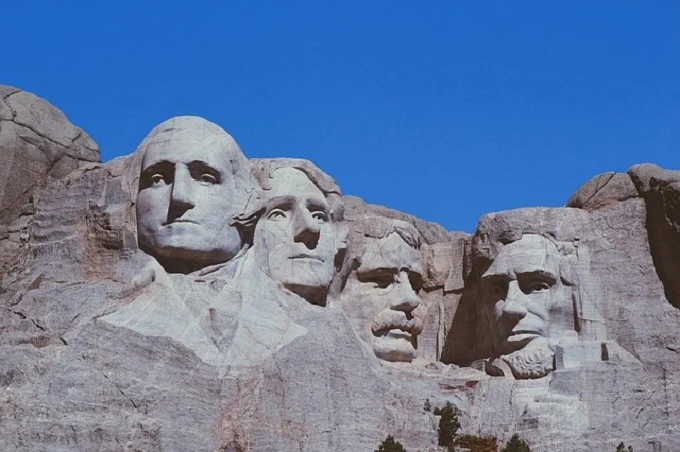
No matter where a person lives if he has seen even a few Hollywood movies, he is familiar with Mount Rushmore, a bas-relief carving of four US presidents: George Washington, Thomas Jefferson, Theodore Roosevelt, and Abraham Lincoln. To get the latest stories, install our app here
Originally, artist Gutzon Borglum wanted to build a 240-meter stairway leading to a vast chamber spanning 24 by 30 meters in the frontal lobe of Lincoln’s brain, for which a 240-meter staircase was created. However, after cutting just 21 meters of rock, work on the building of the premises was put on hold.
Even though the room was finished in 1998, its significance has altered. The hall is not open to the public, and it does not house any of the great Americans’ legendary works. Instead, 16 panels with biographical and historical information about Mount Rushmore, as well as the texts of some of the papers that Borglum desired to save, are shown in the chamber.




